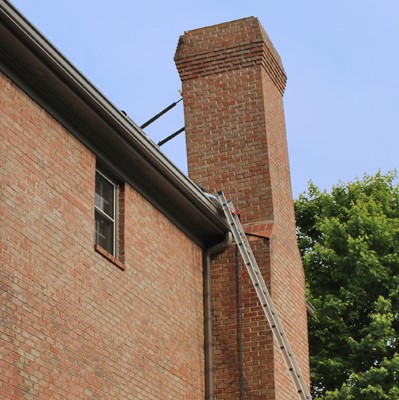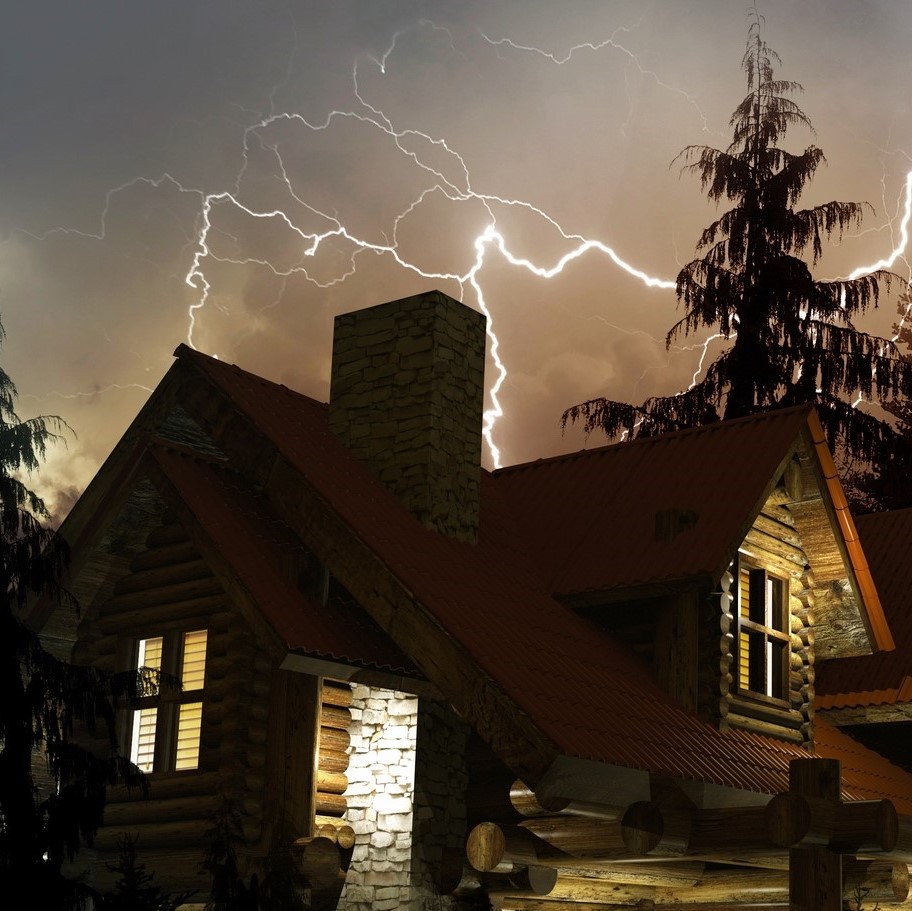How to Tell if You Need a New Chimney
Just like any other structure, a masonry chimney requires routine maintenance and cleanings to prolong its useful life. Otherwise creosote, masonry cracks, water leaks, and other issues can slowly compromise its structural integrity making it unsafe to use your fireplace. The following are five signs that you may need a new chimney.
 Masonry Damage
Masonry Damage
Extensive masonry damage including cracked or missing bricks and gaps in the mortar joints are one of the top signs you need a new chimney. Years of exposure to frequent rain, snow, ice, and humid conditions can take its toll when unrepaired masonry damage causes bricks to chip, crack, crumble, and even separate from the chimney. Moisture will also cause mortar erosion leaving visible gaps in the mortar joints. These voids in the structure make the chimney susceptible to more severe water damage rendering the fireplace unsafe for use until a partial or even a full chimney rebuild is complete.
Chimney is Leaning
Masonry damage that is not repaired promptly will continue to worsen further negatively impacting the chimney’s structural integrity resulting in its leaning. A leaning chimney is a sign of severe structural issues that is typically corrected by rebuilding the chimney. It can also occur when the flashing becomes warped or damaged and water seeping into the chimney causes the masonry to deteriorate to the point where the chimney ultimately separates from the roof. Depending on the extent of the damage, the chimney may require a partial or complete rebuild.
Damaged Firebox
The chimney has many entry points that can expose it to damaging water leaks, including the firebox. While the firebox is typically built with refractory mortar and firebrick, excessive moisture combined with the corrosive combustion gases can accelerate its deterioration. Moisture that leaks through masonry cracks, warped flashing, cracked chimney crown, or even an inoperable damper can damage the firebox, necessitating a partial or complete chimney build.
Chimney Fire
Because most chimney fires go unnoticed, they occur more frequently than many homeowners realize. One of the primary culprits is creosote. While initially inert, it hardens into a thick, tarry, and crusty substance if it is not removed during routine chimney sweeps. It is also very flammable. Hot embers that fly around the flue during a wood-burning fire can spark a fire when it encounters creosote. Even a small chimney fire can exceed the temperature that clay tiles can withstand causing them to crack, split, or burst. Flue liner damage increases the risk of a chimney fire spreading to nearby combustible materials. It can also expose the masonry to high heat causing extensive damage to the bricks and mortar and the chimney crown. When there are several chimney fires unaware to the homeowner, it can cause extensive masonry damage that will require a new chimney to restore its safe operation.
Lightning Strike
Each year there are more than 100,000 thunderstorms that result in over 25 million lightning strikes. Since the chimney is often the highest point of the house, it is a potential target. Also, a lightning strike can carry 100 million volts of electricity at a blistering temperature of 50,000°F. The immense energy can cause severe structural damage that will require a partial or complete chimney rebuild.


